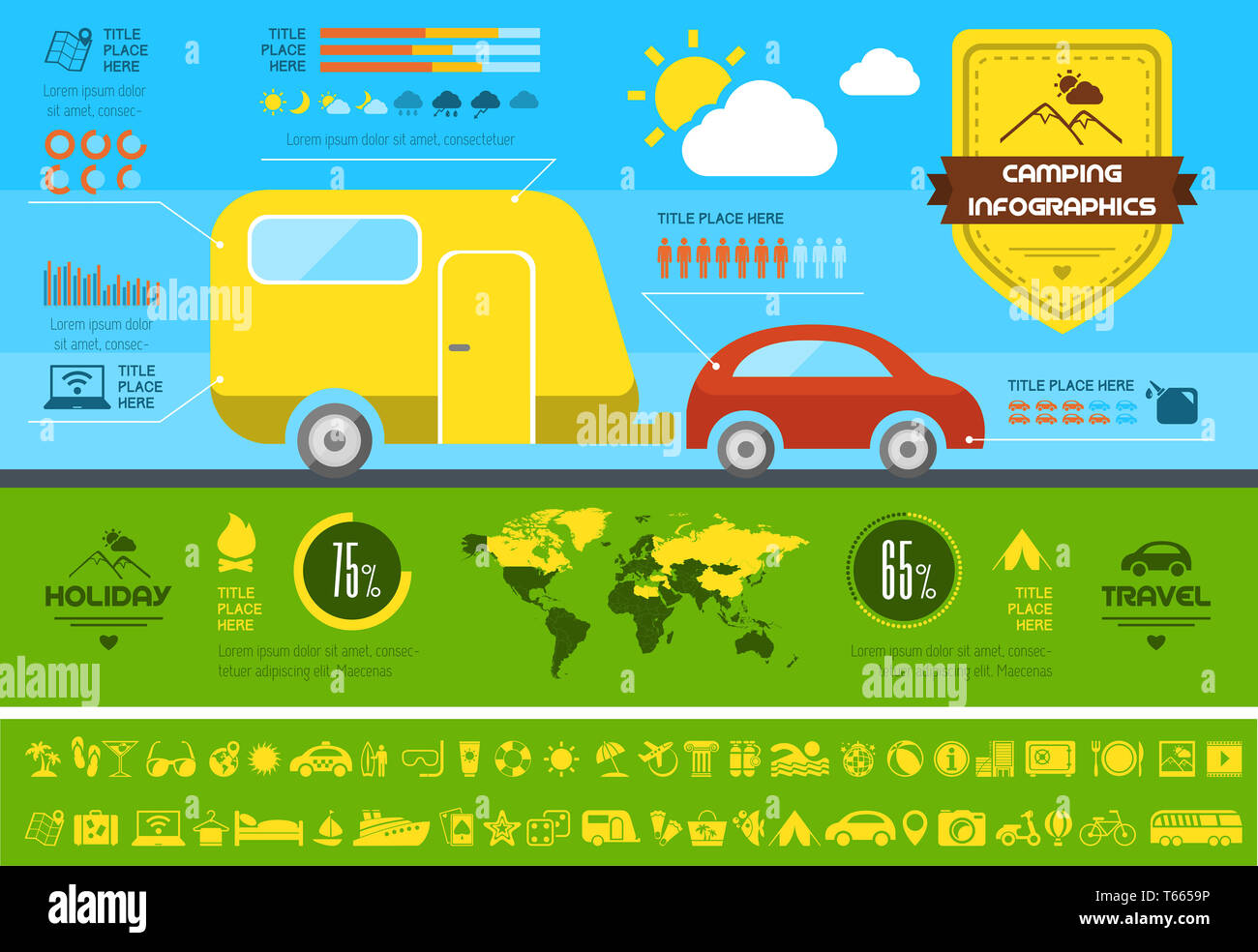Bell tents are ending up being significantly preferred as versatile, trendy shelters for outdoor camping and glamping. Yet what's the background behind this enduring style?
Why canvas tents can keep water out during rain?
Henry Hopkins Sibley patented the single-pole conical camping tent that we understand as a bell outdoor tents. Nevertheless, he abandoned to the Confederacy and never ever received his royalties.
Eventually, somebody else included brief walls to the cone canopy and invented what we now referred to as a bell camping tent.
Beginnings
The appeal of bell outdoors tents is growing, and they're now a staple at camping festivals and as trendy backyard resorts. Their large insides give an adaptable home from home environment that's ideal for families and groups of buddies, while the circular style helps with security in solid winds.
The style of the contemporary bell outdoor tents can be mapped back to army outdoors tents made use of by European militaries throughout the Crimean Battle in 1853-1856. After that, in America, a soldier called Henry Hopkins Sibley patented a comparable framework that drew inspiration from American Tipis.
Both designs are still in use today. However, Sibley tents differ from their more recent cousins in that they have side walls and a raised larger entrance. Sibley tents also rely on a single central pole for support which makes them simpler to set up yet restricts arrangement alternatives.
Objective
Bell outdoors tents' one-of-a-kind form and large insides make them the suitable option for a variety of exterior tasks. Whether you're hosting a yard camping celebration, glamping at a remote all-natural resort or going on a legendary fantasy-inspired experience, the flexibility of these tents guarantees that your experience will certainly be comfortable and trendy.
The bell-shaped tent was originally patented in 1856 by Henry Hopkins Sibley, that had actually created the style after observing Native American tipi tents. However, he resigned from the United States Military at the break out of the Civil War, forfeiting his rights to future royalties.
Ever since, the design has actually ended up being a staple of numerous glamping experiences. These glamorous tents frequently feature deluxe bed linen and en-suite shower rooms, giving campers the opportunity to enjoy nature without giving up convenience.
Style
In the modern, bell camping tents have experienced a revival in popularity, as people choose an extra immersive exterior experience. They are utilized in a range of settings, including outdoor camping, glamping, and occasions. Their distinct shape, sizable interiors, and relatively very easy assembly make them a popular selection for those looking for a stylish, historic panache to their outside experiences.
The unique form of a bell outdoor tents produces high ceilings and sufficient headroom, making it comfy to stand up in and walk around. On top of that, the facility pole is not positioned near the entry of the camping tent, allowing for even more personal privacy and space inside the sanctuary.
The bell camping tent design traces back to an American soldier called Henry Hopkins Sibley, who was inspired by Indigenous American tipi camping tents when creating his variation of the bell tent in 1856. His layout was a considerable improvement over typical army outdoors tents, which were tough to transfer as a result of their challenging construction.
Products
In contemporary times, Bell Tents are crafted from exceptional materials that are designed for resilient sturdiness. This is why they are a preferred option amongst leisure campers, festival-goers, and glampers alike.
In the 19th century, an US Military officer called Henry Hopkins Sibley adapted standard tents right into what is now called the contemporary bell tent. He based his layout on Indigenous American Tipi frameworks, adding brief walls to the central post structure that made it more secure.
Today, polycotton canvas is a common product used in the building and construction of bell tents. This mix of cotton and polyester supplies a large range of advantages, including breathability, premium weather resistance, and less complicated upkeep than pure cotton canvas. This material is also long lasting and abrasion-resistant. It is thicker than most nylon materials, nonetheless, which can make it heavy and a lot more costly than typical outdoors tents.
Modern day
In contemporary, the popularity of Bell Tents has taken off thanks to glamping sites and celebrations providing these roomy outdoors tents for couples, groups and family members to enjoy. The aesthetic allure and resilience of these round outdoors tents are appealing to lots tent cover of campers.
Whether it be rain or wind, these camping tents hold their very own versus the elements. Normally, they're made with canvas that is treated to safeguard versus dampness, mildew and UV rays.
What canvas is used for tents?
It isn't clear precisely when these outdoors tents were created, yet it's commonly known that they're a variation of a Sibley outdoor tents - named after Henry Hopkins Sibley, that adapted the layout of the American Indian tipi. It is thought that whoever included short wall surfaces to Sibley's cone cover was accountable for the creation of the bell camping tent as we understand it today.
